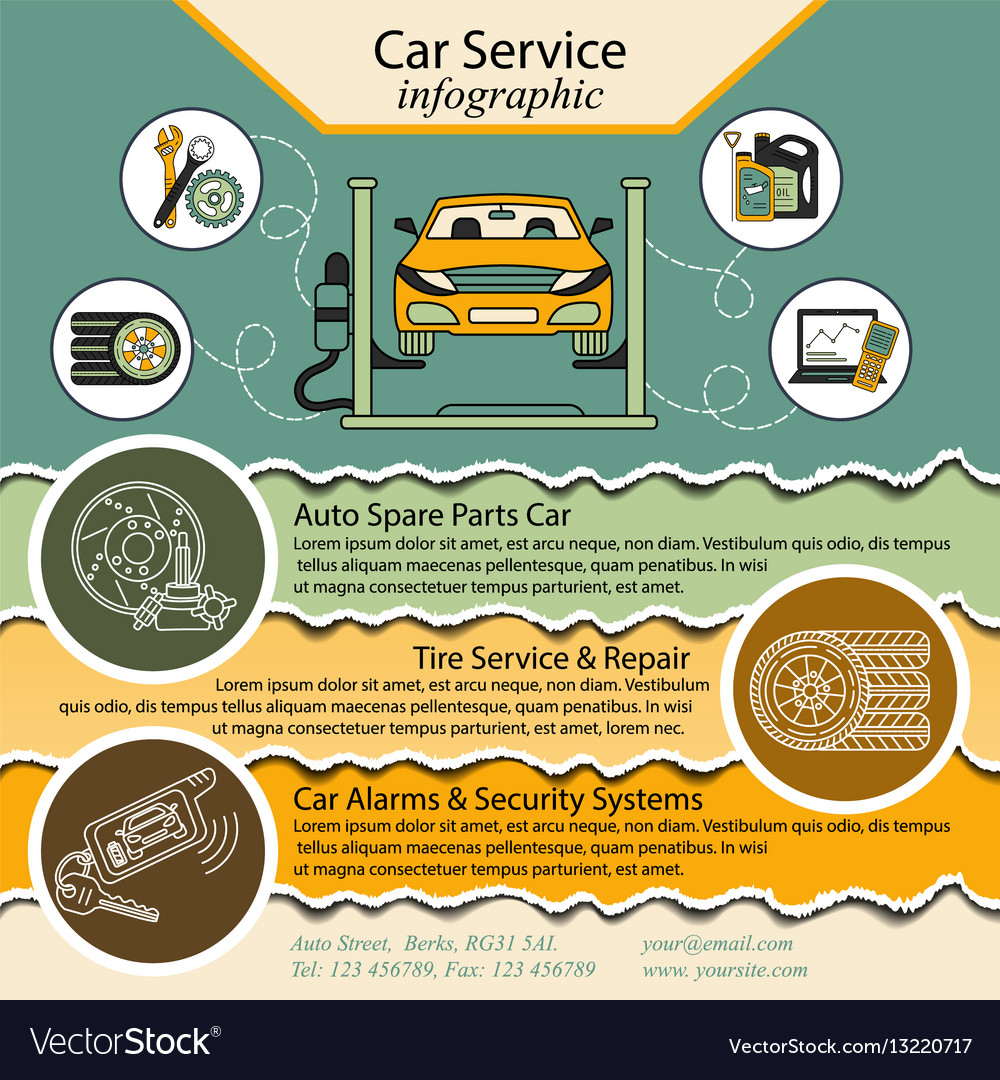Eager To Recognize What The Control Panel Caution Lights In Your Car Indicate? Discover Their Meanings For The Health And Security Of Your Vehicle
Eager To Recognize What The Control Panel Caution Lights In Your Car Indicate? Discover Their Meanings For The Health And Security Of Your Vehicle
Blog Article
Material By-Faulkner Torres
When you're behind the wheel, those radiant warning lights on your dashboard can be a bit perplexing. Do you recognize what they're trying to inform you regarding your automobile's health and wellness? Comprehending the value of these lights is crucial for your safety and the durability of your vehicle. So, https://brake-shop-near-me73950.thelateblog.com/32666226/how-can-mobile-automobile-outlining-change-your-lorry-treatment-experience-while-making-sure-top-quality-discover-the-key-variables-to-take-into-consideration-before-choosing-a-detailer following time one of those lights pops up, wouldn't you want to decode its message properly and take the required actions to address it?
Common Warning Lights and Interpretations
Identify typical warning lights in your cars and truck and understand their significances to make sure risk-free driving.
One of the most regular warning lights include the check engine light, which signifies issues with the engine or exhausts system. If this light begins, it's critical to have your vehicle inspected without delay.
The oil pressure advising light suggests low oil pressure, needing prompt attention to avoid engine damage.
A flashing battery light might recommend a damaged charging system, possibly leaving you stranded if not resolved.
The tire stress tracking system (TPMS) light signals you to reduced tire stress, impacting vehicle security and fuel effectiveness. Disregarding this might lead to risky driving conditions.
The abdominal light suggests an issue with the anti-lock stopping system, compromising your capacity to quit promptly in emergencies.
Lastly, the coolant temperature level warning light warns of engine overheating, which can result in extreme damage if not fixed quickly.
Comprehending these typical warning lights will certainly help you resolve problems without delay and keep risk-free driving problems.
Relevance of Prompt Attention
Recognizing the typical warning lights in your vehicle is just the primary step; the relevance of without delay resolving these warnings can not be emphasized enough to guarantee your safety and security when traveling.
When a caution light brightens on your control panel, it's your auto's method of interacting a prospective issue that requires attention. Overlooking these warnings can bring about much more serious problems in the future, compromising your security and potentially costing you extra out of commission.
Prompt attention to alerting lights can avoid malfunctions and crashes. For instance, a blinking check engine light might show a misfire that, if left neglected, can create damages to the catalytic converter. Addressing this promptly can save you from an expensive repair work.
Likewise, a brake system warning light may signal low brake liquid or used brake pads, vital elements for your safety and security when driving.
Do It Yourself Troubleshooting Tips
If you notice a warning light on your control panel, there are a few do it yourself troubleshooting tips you can try before looking for specialist aid.
The primary step is to consult your car's manual to recognize what the specific warning light suggests. Occasionally the concern can be as basic as a loose gas cap triggering the check engine light. Tightening up the gas cap may fix the problem.
https://vehicle-suspension-testin06283.blogchaat.com/32164594/mobile-automobile-describing-comfort-satisfies-top-quality-for-your-automobile is a low battery, which can set off numerous cautioning lights. Checking the battery connections for deterioration and ensuring they're protected could fix the problem.
If a caution light persists, you can attempt resetting it by detaching the car's battery for a few minutes and afterwards reconnecting it. In addition, checking your car's liquid levels, such as oil, coolant, and brake liquid, can help troubleshoot advising lights connected to these systems.
Conclusion
Finally, comprehending your cars and truck's warning lights is essential for maintaining your car running smoothly and securely. By without delay dealing with these alerts and knowing what they indicate, you can prevent costly repair services and prospective malfunctions.
Bear in mind to consult your automobile's manual for certain details on each cautioning light and take action as necessary to guarantee a hassle-free driving experience.
Remain informed, stay risk-free when driving!
